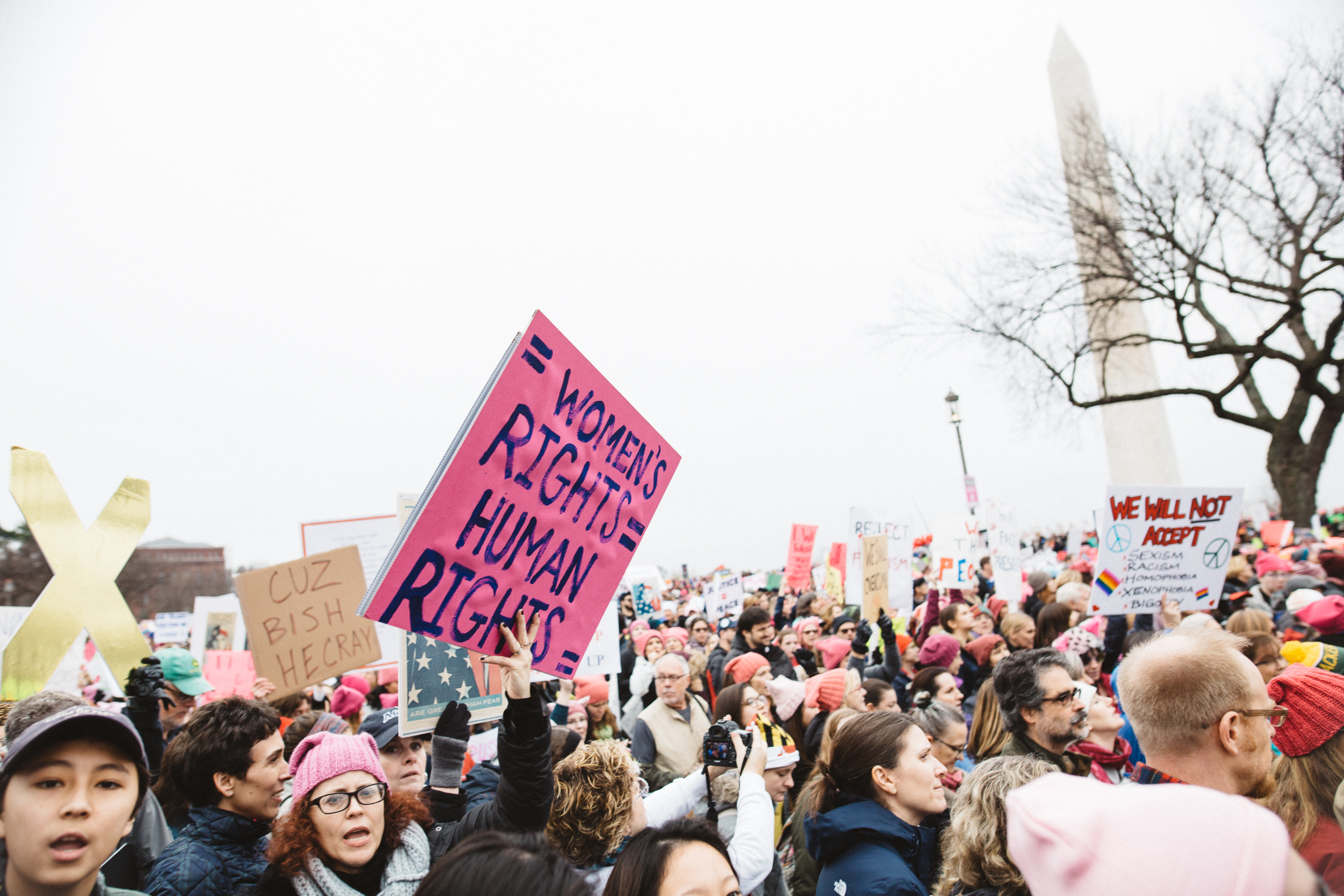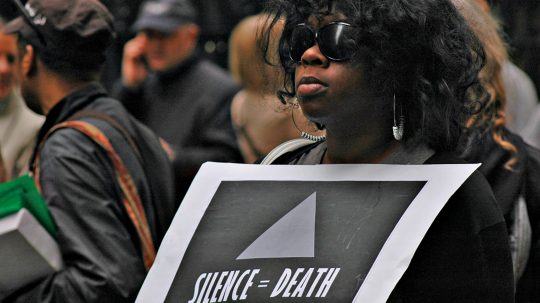How human rights fight for women's equality
Today is International Women's Day. Please share this video on why we still need to fight for women's rights
تم نشره بواسطة RightsInfo في 8 مارس، 2017
Human rights played a vital role in furthering the cause of gender equality throughout history, but how are they relevant today?
The main way the Human Rights Convention protects against discrimination is under Article 14, which requires countries to guarantee all the other rights it protects for all people. This means without discrimination on certain grounds, including gender.
A person is discriminated against when they are treated differently from other people in similar situations, without an objective and reasonable justification for the difference in treatment. So, if States want to treat men and women differently, they need to demonstrate a very strong justification for doing so.
The right to freedom from discrimination takes effect in UK law via the Human Rights Act 1998. This can be used to challenge discriminatory laws and practices in UK courts and individuals can also take cases to the European Court of Human Rights.
Let’s take a look at three ways human rights continue to protect and promote gender equality.
1. Increased protection against dismissal on the ground of gender

It is well established that employees cannot be fired because of their gender. However, there are certain male-dominated professions in which discrimination persists – partly due to the perception they are jobs which only men can perform.
Emel Boyraz was a Turkish women who worked as a security officer until she was sacked because of her gender. The European Court of Human Rights found that this violated Article 14, taken together with Article 8 (right to respect for private life). The mere fact that security officers sometimes had to use physical force did not justify gender discrimination, particularly given that Ms. Boyraz had at no point failed to perform her duties.
Read more about Ms. Boyraz’s case here.
2. Protection against domestic violence

Domestic violence is a crime that disproportionately affects women, yet in some complaints of domestic abuse are not properly investigated by the authorities. Human rights have been used to establish that this is a form of gender discrimination, encouraging the police and other agencies to take greater steps to address these crimes.
One recent case involved a Turkish woman who was killed by her husband after she had made several domestic violence complaints to the police. The European Court of Human Rights found that Turkish authorities had turned a ‘blind eye’ to the woman’s complaints and created a climate which facilitated her husband’s crimes. It decided that this was a form of gender discrimination that violated Article 14, taken with Article 2 (the right to life).
Read more about this case here.
3. Equality in performing public services

Governments may call on citizens to perform certain public duties, such as jury service. What they cannot do, without good reason, is place the burden of those services more heavily on one gender than another.
Zarb Adami, a citizen of Malta, argued that Maltese law was discriminatory, as evidence showed that it required substantially more men to perform jury service than women. The European Court of Human Rights accepted this argument, and found that there was no good reason for women to perform less jury service than men.
Read more about Mr. Adami’s case here.
Future developments?
Protocol 12 of the Human Rights Convention requires any rights created by law (which is a much broader definition that just those which are part of the convention, as in Article 14) must be available to all people without discrimination. It also prohibits public authorities from discriminating on any ground named in the Protocol, including gender.
However, the UK has not signed up to Protocol 12, so does not currently have any obligations under it. At the date of writing, 20 States have ‘ratified’ (agreed to be bound by) the Protocol, the latest one being Portugal in January 2017.
More examples of how human rights protect and promote gender equality can be found in the European Court of Human Rights’ Gender Equality Factsheet.
For more information, take a look at:
- The resources on our equality page.
- Our feature – 7 Reasons We Still Need To Fight For Women’s Rights.
- A guest post from Sam Smethers, Chief Executive of the Fawcett Society – Human Rights And A Universal Truth For Women.







